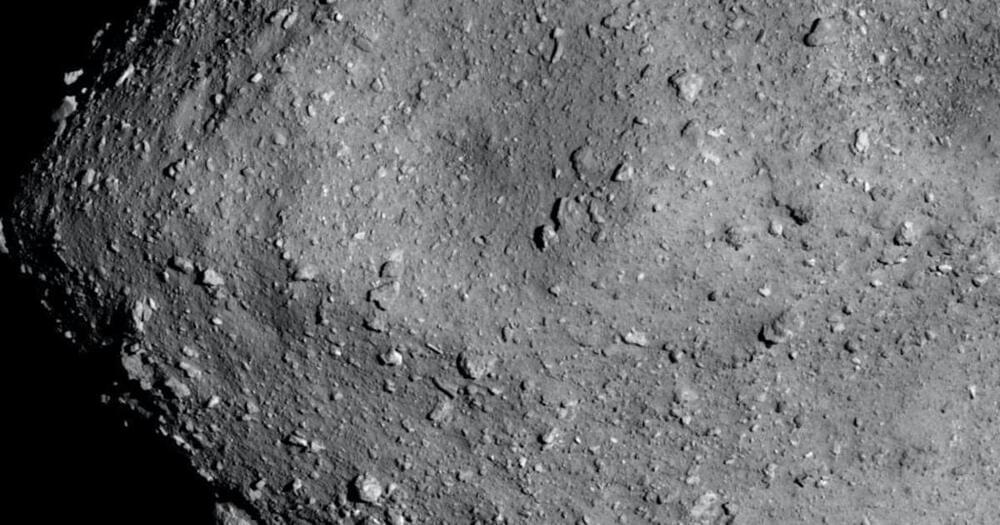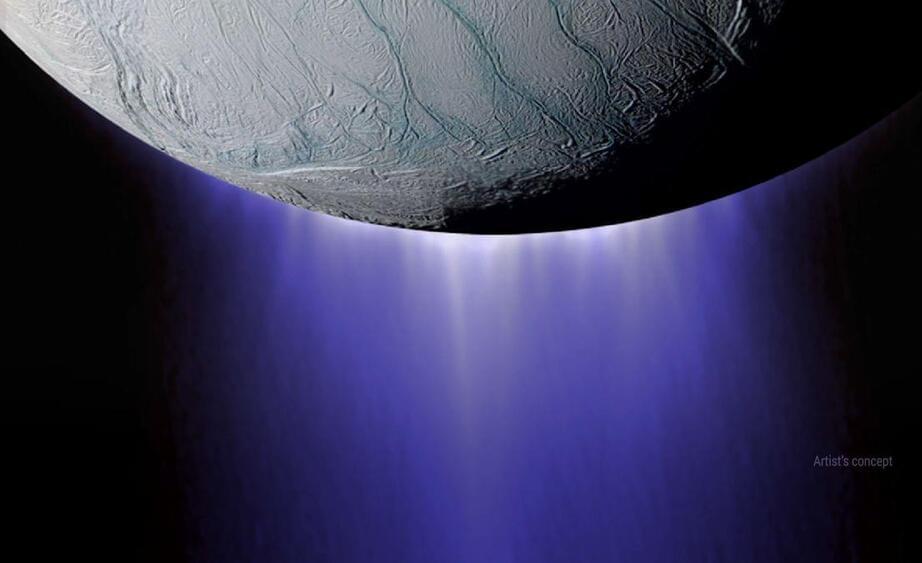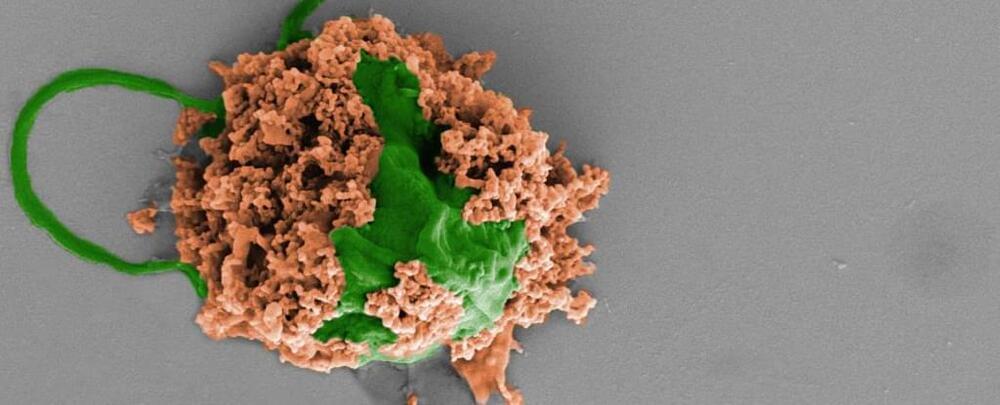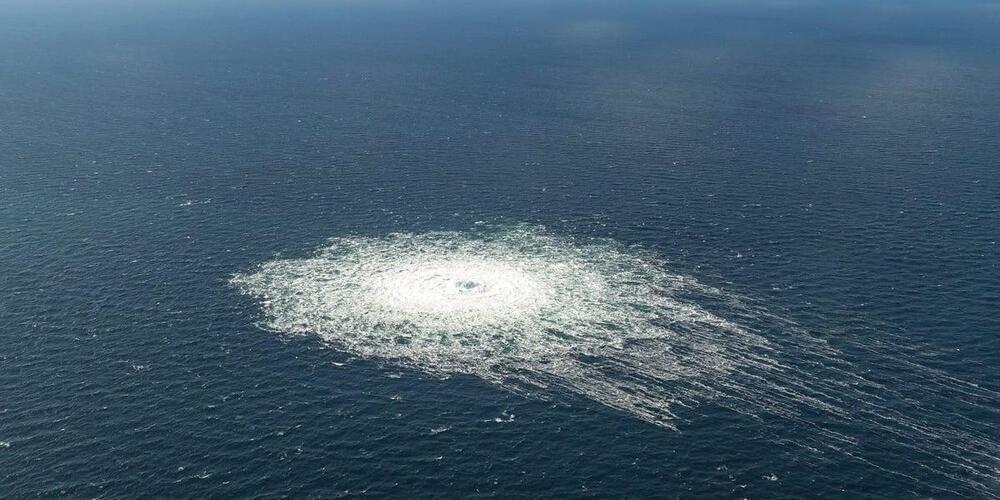Drink the forbidden seltzer.
Asteroid Ryugu has some dangerous seltzer for you, according to recent analysis by Japanese scientists on samples returned from JAXA’s Hayabusa2.



Scientists have been able to direct a swarm of microscopic swimming robots to clear out pneumonia microbes in the lungs of mice, raising hopes that a similar treatment could be developed to treat deadly bacterial pneumonia in humans.
The microbots are made from algae cells and covered with a layer of antibiotic nanoparticles. The algae provide movement through the lungs, which is key to the treatment being targeted and effective.
In experiments, the infections in the mice treated with the algae bots all cleared up, whereas the mice that weren’t treated all died within three days.

Were you unable to attend Transform 2022? Check out all of the summit sessions in our on-demand library now! Watch here.
For decades, enterprises have jury-rigged software designed for structured data when trying to solve unstructured, text-based data problems. Although these solutions performed poorly, there was nothing else. Recently, though, machine learning (ML) has improved significantly at understanding natural language.
Unsurprisingly, Silicon Valley is in a mad dash to build market-leading offerings for this new opportunity. Khosla Ventures thinks natural language processing (NLP) is the most important technology trend of the next five years. If the 2000s were about becoming a big data-enabled enterprise, and the 2010s were about becoming a data science-enabled enterprise — then the 2020s are about becoming a natural language-enabled enterprise.

Were you unable to attend Transform 2022? Check out all of the summit sessions in our on-demand library now! Watch here.
Over the last 10 years, neural networks have taken a giant leap from recognizing simple visual objects to creating coherent texts and photorealistic 3D renders. As computer graphics get more sophisticated, neural networks help automate a significant part of the workflow. The market demands new, efficient solutions for creating 3D images to fill the hyper-realistic space of the metaverse.
But what technologies will we use to construct this space, and will artificial intelligence help us?

Enterprises are seeking ways to modernize their operations. Emerging as a critical element in the digital transformation tech stack are cloud databases.
Having the right cloud database can help address the range of applications companies depend on and also those that they build, from the cloud to mobile and edge. For companies aspiring to provide better and more personalized customer experiences, implementing a DBaaS (database as a service) should be a key consideration.


The future of neural network computing could be a little soggier than we were expecting.
A team of physicists has successfully developed an ionic circuit – a processor based on the movements of charged atoms and molecules in an aqueous solution, rather than electrons in a solid semiconductor.
Since this is closer to the way the brain transports information, they say, their device could be the next step forward in brain-like computing.
